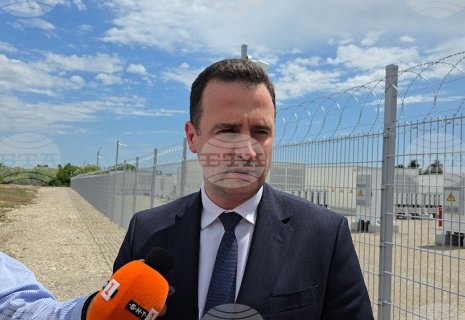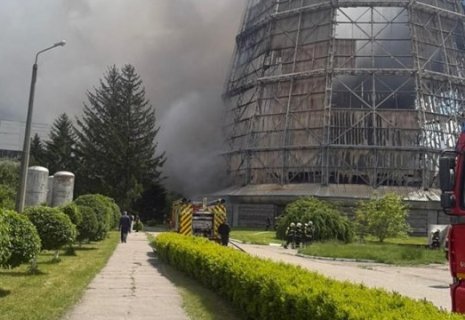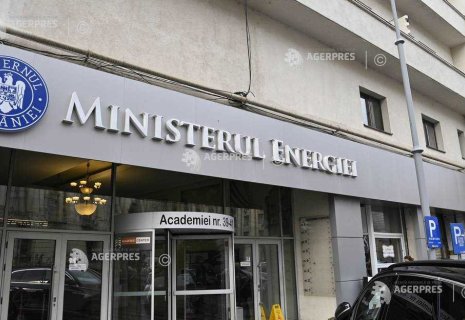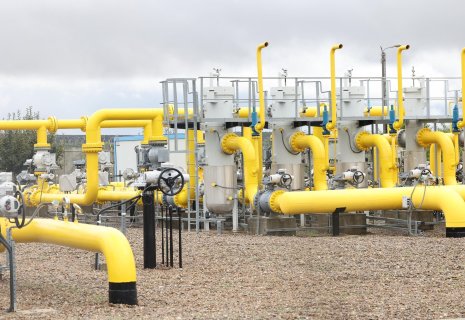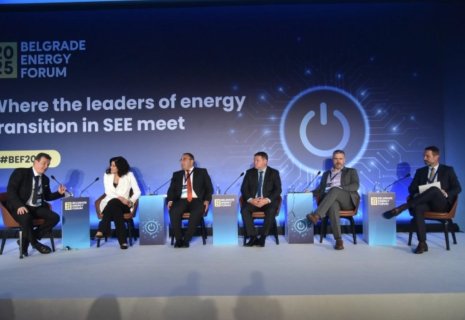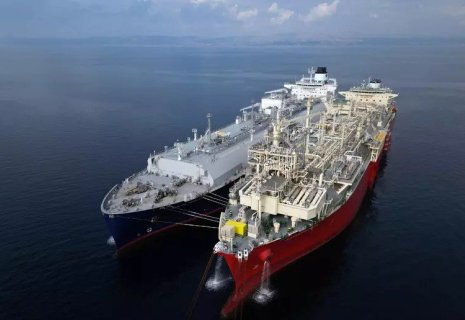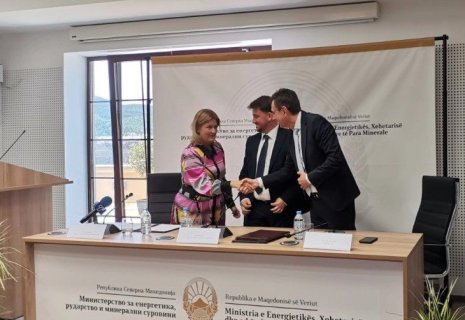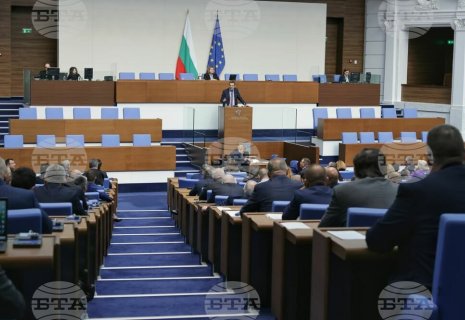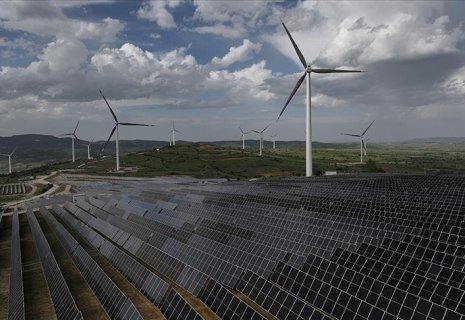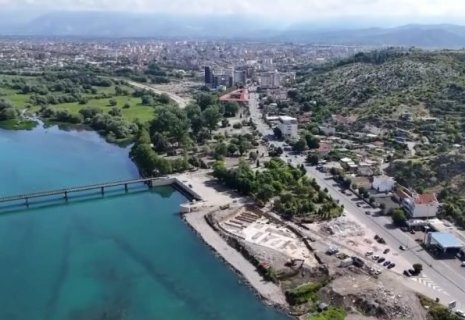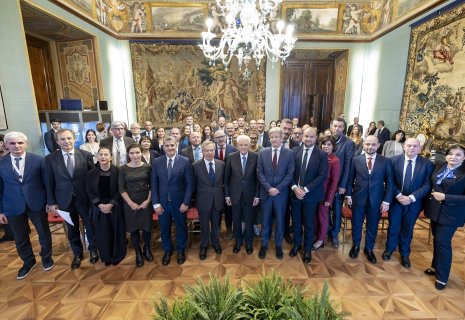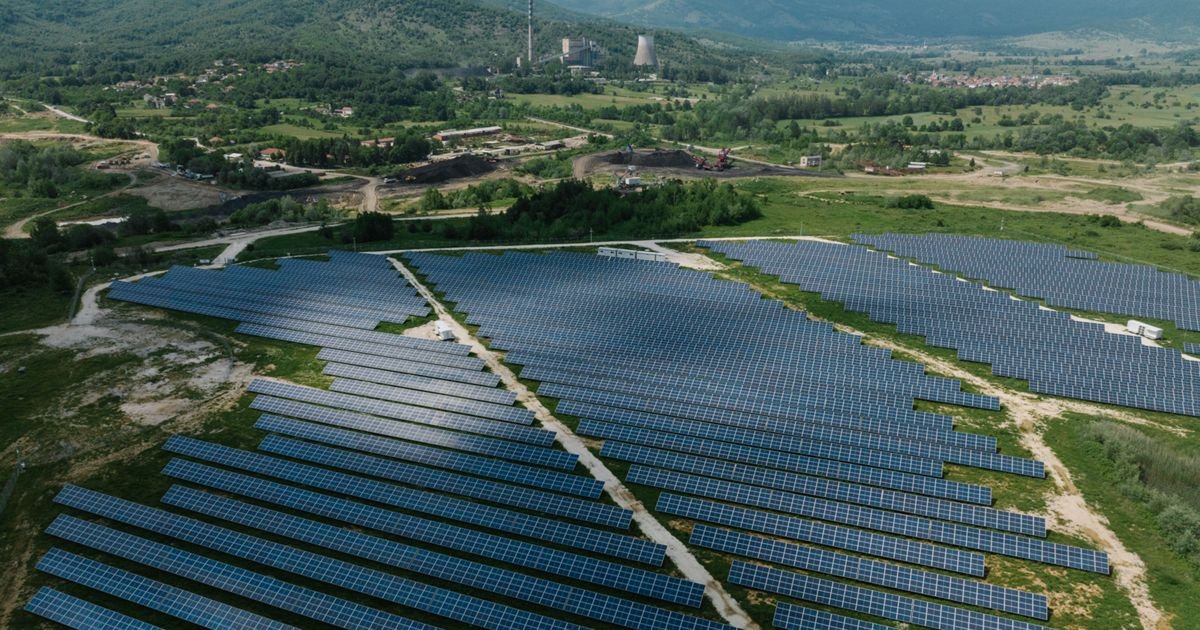
North Macedonia’s strategic projects reshape regional energy map - EXCLUSIVE
CE Report Media Outlet presents an exclusive interview with the Ministry of Energy, Mining and Mineral Resources of North Macedonia, shedding light on the country's dynamic energy transition, strategic renewable energy investments, and regional cooperation efforts.
What are the key milestones North Macedonia has achieved in its transition toward renewable energy, and what targets are set for 2030?
North Macedonia has made significant strides in its transition toward renewable energy. Key milestones include:
· The adoption of the National Energy and Climate Plan (NECP), which outlines clear decarbonization and renewable energy targets. Currently, the Ministry is actively working on NECP updates which should be finalized by mid 2025.
· The portfolio of producers of electricity from renewable energy sources is composed by the large Hydro Power Plants (HEC) with installed capacity above 10 MW, the small sized Hydro Power Plants (MHEC) with installed capacity lower than 10 MW, the Wind Power Plants (VEC), the Photovoltaic Power Plants (FEC), the Biogas Thermal Power Plants, and the Biomass Thermal Power Plants. Based on ERC data, the energy regulator issued licences for electricity production from renewable sources with an installed capacity of 880 MW from January 2022 to December 2024.
· The liberalization of the electricity market and improved regulatory frameworks to attract private sector investments in renewables.
· The development of state-led projects, including new solar PV projects and the planned scaling-up of wind capacity, including the expansion of the Bogdanci wind park.
· Securing $85 million in concessional financing from the Climate Investment Funds (CIF) under the Accelerating Coal Transition (ACT) program, making North Macedonia the first country in Europe outside the EU to access this funding.
These efforts are complemented by reforms to enhance grid integration, cross-border electricity trading, and regional cooperation under the Energy Community Treaty.
How does the Energy Agency assess the country's readiness to reduce dependence on coal, and what mechanisms are in place to support affected regions and workers?
As of 2024, the Energy Agency has been consolidated into the Ministry of Energy, Mining and Mineral Resources, in line with updated government governance structures. The Ministry has taken over all functions and responsibilities of the former agency, which has ceased operating as a separate institution.
Under the Ministry’s leadership, North Macedonia is taking a structured and inclusive approach to reducing coal dependency, including:
Developed a Just Transition Roadmap that outlines a timeline for gradual coal phase-out aligned with energy security and labor market considerations.
· Established a Just Energy Transition Investment Platform (JETIP) to coordinate investments, technical assistance, and stakeholder engagement.
· Adopted a Just Transition Annual Implementation Plan for 2025, which includes support for worker reskilling, economic diversification of coal-dependent regions, and the development of green jobs.
· Initiated early-stage planning for transitioning from coal, including feasibility studies and social impact assessments.
· Ensured that affected municipalities, local communities, and vulnerable groups are included through stakeholder forums and regional consultations.
Тhe Ministry remains fully committed to delivering a just, transparent, and effective energy transition that balances decarbonization with social equity and economic development.
In what ways is North Macedonia cooperating with neighboring countries and EU institutions to develop cross-border energy infrastructure and harmonize regulations?
The newly formed Ministry of Energy, Mining, and Mineral Resources began operations in June 2024. During the past period, the Ministry of Economy was involved in programming and implementing activities from the Western Balkans Investment Framework, which includes the development of a sectoral list of priority energy infrastructure projects and opportunities for their financing through this framework. These activities directly involved JSC NOMAGAS (gas transmission operator), JSC MEPSO (electricity transmission system operator), and JSC ESM (the largest producer in the country).
The Republic of North Macedonia has committed to implementing the Reform Agenda, which includes enhanced enforcement of reforms by accelerating alignment with the values, laws, rules, standards, policies, and practices of the Union in the public sector, ensuring its transparent governance, developing a competitive and green economy, and supporting the accession process for future EU membership. The main goals of North Macedonia's Reform Agenda are grouped into five policy areas:
- Governance/PAR and PFM
- Energy/Green Transition
- Human Capital
- Private Sector Development and Business Environment
- Fundamentals/Rule of Law, including fight against corruption and organized crime
By focusing on selected reforms in five priority policy areas, North Macedonia aims to unlock the potential benefits of progressive integration into the Union's single market, even prior to accession. This approach is in line with the general objectives of the Reform and Growth Facility for the Western Balkans, emphasizing accelerated regional economic integration and progressive integration into the Union single market, accelerating socio-economic convergence of the country’s economy with the Union and support to enlargement process.
Planned reforms and investments included in the Reform Agenda are in line with the specific objectives of the RGF, stipulated under Article 3 of RGF Regulation. Namely, the country commits to undertaking reforms aimed at accelerated regional economic integration and progressive integration with the Union single market, through active contribution to the establishment of the Common Regional Market and improved connectivity in the region in line with Trans-European Networks, as well as by accelerating the transition to a sustainable, and inclusive economy, and stable investment environment capable of withstanding competitive market pressures of the Union single market.
Regarding interconnecting gas pipelines with neighboring countries, preparations for the realization of the following interconnecting gas pipelines are planned during 2024-2025: Interconnection North Macedonia – Greece, Interconnection North Macedonia – Kosovo, Interconnection North Macedonia – Serbia, Interconnection North Macedonia – Albania, and Interconnection North Macedonia – Bulgaria.
The Macedonian electricity system is connected to neighboring systems through 400 kV interconnections. With the development of the market, these interconnections have become major energy corridors through which a significant number of electricity transactions are carried out daily. To the north, towards Kosovo, the 400 kV transmission line TS Skopje 1 – TS Ferizaj 2 (Uroševac) is operational, and towards Serbia, the 400 kV transmission line TS Štip – TS Vranje 4 is in place. The Macedonian electricity system has the best connection with Greece. The interconnection is realized with two 400 kV interconnecting transmission lines: TS Bitola 2 – TS Ovčarani (Meliti) and TS Dubrovo – TS Thessaloniki. To the east, with the Bulgarian transmission system, synchronous operation began in 2009 with the construction of the 400 kV transmission line TS Štip – TS Crvena Mogila (Červena Mogila).
It is also important to note that the project for the interconnecting transmission line between Macedonia and Albania is progressing as planned, with construction activities currently underway at the substation in Ohrid.
Regarding the issue of regulatory harmonization, considering that the Law on Strategic Investments in the Republic of North Macedonia is in force, which partially transposes Regulation 347/2013/EU on Trans-European Energy Networks, an analysis will be prepared in the upcoming period. Depending on the findings of this analysis, the most favorable solution identified by the analysis will be chosen. The solution recommended by the analysis should also address issues related to the institutional framework, structure, administrative capacities, the type of legal acts that need to be adopted in accordance with the requirements of the Regulation, rules for handling submitted requests, and the method of conducting environmental impact assessments.
Are there any strategic projects or investments currently underway involving solar, wind, or hydro power that the Agency considers of national or regional importance?
In terms of strategic projects or investments, there are several ongoing ones that involve solar, wind, or hydro energy as well as supply security, of national or regional significance, among which:
1. JSC ESM has established an investment plan in its development portfolio for the construction of three large photovoltaic power plants on the already degraded land of existing plants, with a total installed capacity of 180MW. Additionally, JSC ESM is developing a project that includes SCADA and software for production planning and electricity trading, as well as a battery energy storage system (BESS).
In the section for SCADA and software for production planning and electricity trading, important aspects are:
• Replacement of the existing system for planning and managing production units. Optimization of electricity production will be enabled by engaging production units that are economically most viable for use in the given planning period.
• The planned deadline for the realization of this project is by 2028, starting in 2023.
• The total investment for this project amounts to 6,000,000 euros.
In the section for the battery energy storage system (BESS), important aspects are:
· Investment in balancing capacities – Battery storage systems, alongside future large photovoltaic plants in Bitola. An initial capacity of up to 300MWh batteries will be sufficient for the first phase, for photovoltaic plants planned in the area of TEC Bitola.
· The planned deadline for the realization of this project is by 2028, starting in 2024.
· The total investment for this project amounts to 100,000,000 euros.
2. The project 'Greening and Digitalization of the Transmission Network in the Southwestern Region and the Pelagonia Region' is an initiative for the modernization and improvement of the electricity transmission infrastructure in Macedonia. This project focuses on improving network reliability, increasing the integration of renewable energy sources, and advancing digitalization efforts in key areas of the country's transmission network. Important components of this project are:
• the upgrade of the 400 kV interconnection between Bitola and Meliti
• reconstruction of 110 kV overhead lines
• digitalization of the Bitola 1 and Sopotnica substations
• implementation of a system for variable allowable load on lines (Smart Grid: DLR - Dynamic Line Rating)
• reconstruction and rehabilitation of the testing station for pylons in Ohrid and equipment for the training center for high-voltage equipment operators
A contract has been signed for the construction of the Macedonian section of the North Macedonia-Greece gas pipeline interconnector, a project of strategic importance for the energy future of the country and the region. Additionally, a working group has been formed for the Cebren hydroelectric power plant, where possible scenarios for its construction are being considered. These projects contribute to improving the security of electricity supply.
How is the country addressing challenges related to energy storage, grid stability, and integration of renewables into the national energy system?
Under the new Energy Law, according to Article 130, paragraph (3), the storage facility operator shall:
- participate in the electricity markets, i.e. buy and sell electricity;
- provide electricity storage services for the needs of electricity market participants;
- offer system services to the electricity transmission and distribution system operator, in accordance with the technical characteristics and network rules of the relevant system and the rules for the balancing energy market;
- may enter into a contract with the electricity transmission system operator for participation in the balancing mechanism if the simultaneous maximum load that the storage can transmit to the network is equal to or greater than 1 MW;
- make available to the operator of the electricity transmission or distribution system the data necessary for operation of the system in accordance with the network rules of the electricity transmission and distribution system, and
- use for storage purposes electricity generated by electricity generation capacities that it deems to be the most favorable, in accordance with the prescribed conditions of paragraph (4) of this Article.
Additionally, according to the Energy Law, power plants that use variable renewable energy sources are required to install an electricity storage facility within the power plant with an installed capacity equal to 20% of the installed capacity of the power plant, expressed in MW. In this way, power plants that use variable renewable energy sources are obligated to install electricity storage facilities in the form of battery capacities, always ensuring the balance between production and consumption.
This interview was prepared by Abdul Karimkhanov


